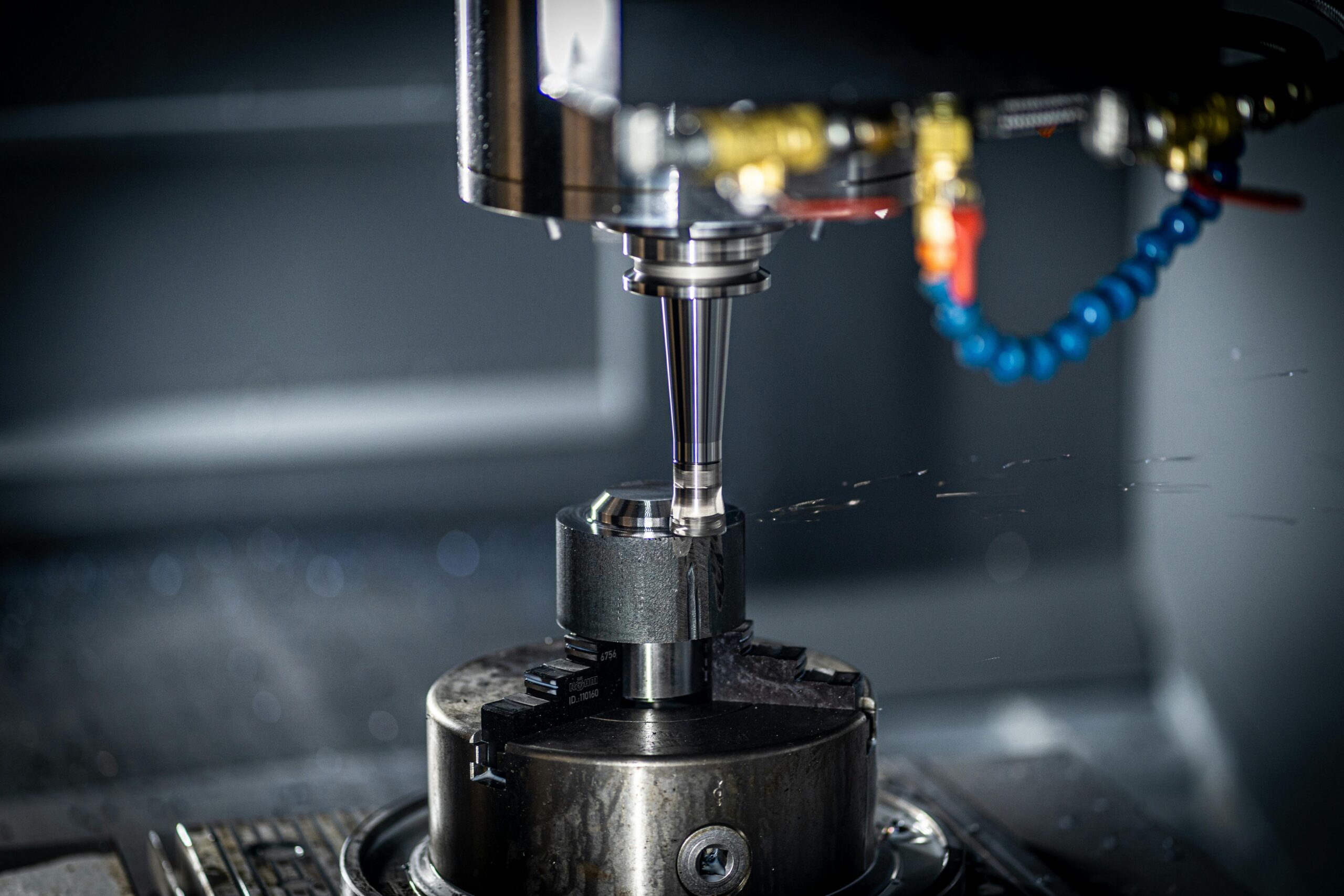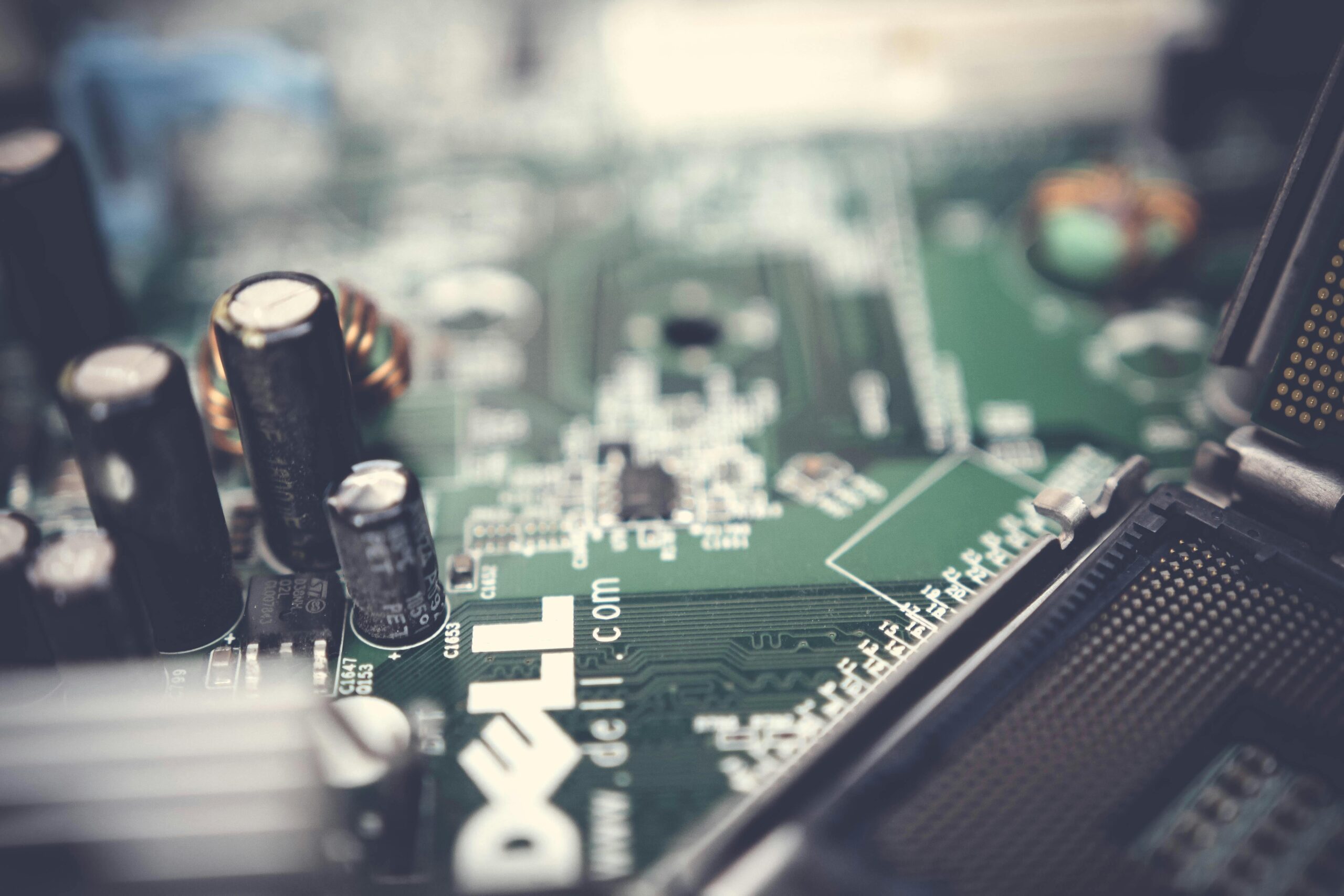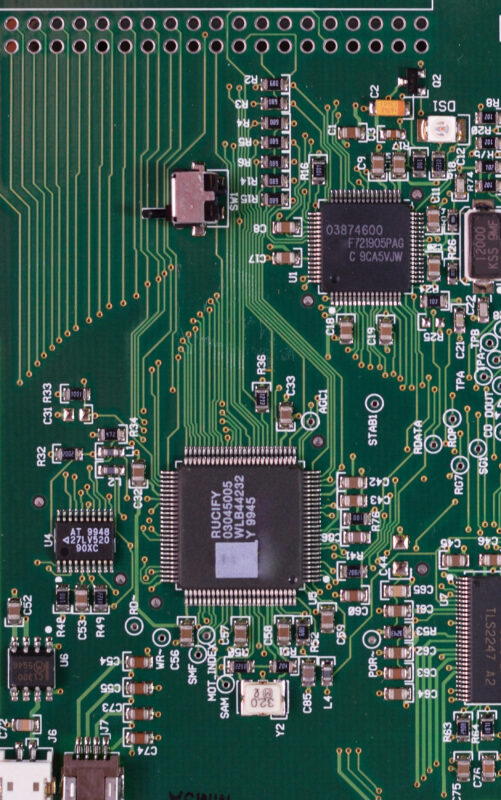
Overview
Mechanical & Electronics
The mechanical and electronics industries rely heavily on robust intellectual property (IP) protection to safeguard innovations in product design, manufacturing processes, and advanced technologies. Patents are critical for protecting new mechanical devices, electronic components, and systems integration methods. Trademarks, trade secrets, and industrial designs also play key roles. A strong IP strategy is essential for securing market exclusivity, fostering innovation, and enabling licensing and cross-industry collaboration..
Technology Areas
Mechanical Engineering
Advanced machinery, robotics, manufacturing processes
Electronics Hardware
Semiconductors, circuit designs, embedded systems
Power Systems
Renewable energy systems, battery technologies, power management
IoT & Connectivity
Smart devices, wireless communication, sensor technologies
Robotics & Automation
Industrial robots, autonomous systems, control algorithms
Consumer Electronics
Wearable devices, smart appliances, user interfaces

Industry Insight
Industry Landscape
The mechanical and electronics sectors are characterized by rapid technological advancements, high R&D investments, and competitive global markets. Intellectual property protection is essential for safeguarding innovations in mechanical devices, electronic components, and integrated systems, as well as for recovering development costs and maintaining competitive advantages.
Key challenges include securing patents for novel mechanical and electronic inventions, protecting industrial designs, managing overlapping IP rights in complex systems, and complying with international IP frameworks. As automation, smart devices, and renewable energy technologies develop, companies must adopt comprehensive IP strategies to protect innovations from concept to market.
Types of IP Protection
Patents
Device Patents: Protect novel mechanical devices, electronic components, and hardware designs.
Process Patents: Cover manufacturing techniques, assembly methods, and fabrication processes.
System Patents: Protect integrated systems, such as IoT networks or automation frameworks.
Software Patents: Cover algorithms, control software, and AI-based applications in electronics.
Trademarks
Protect brand names for products, components, and technology services, ensuring market recognition.
Trade Secrets
Safeguard proprietary manufacturing techniques, circuit designs, firmware code, and product development data.
Copyrights
Used for software code, user interfaces, and technical documentation in electronics.
Industrial Designs
Protect the aesthetic and functional design of products, such as device casings, circuit layouts, or user interfaces.
IP Challenges in Mechanical & Electronics


